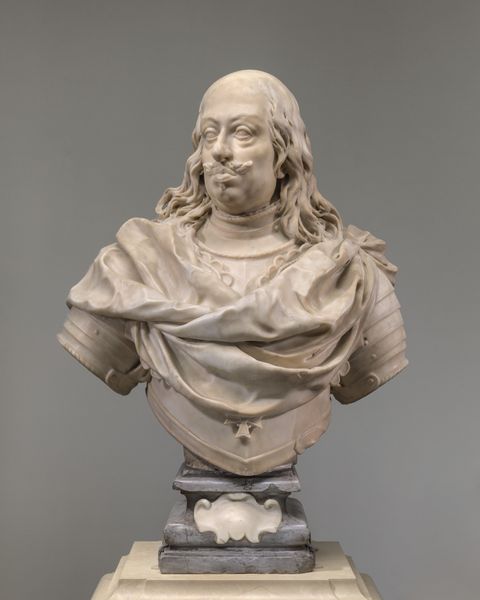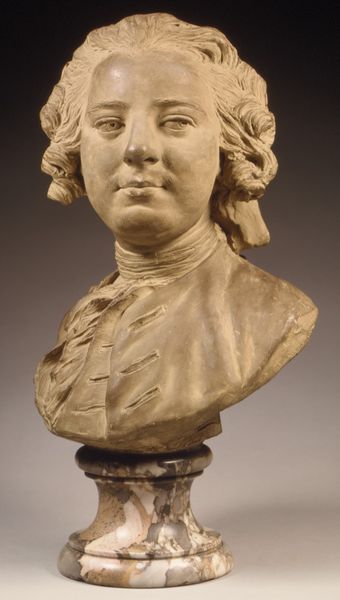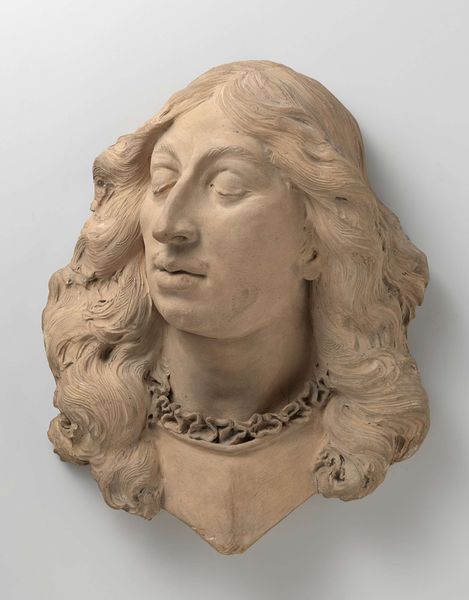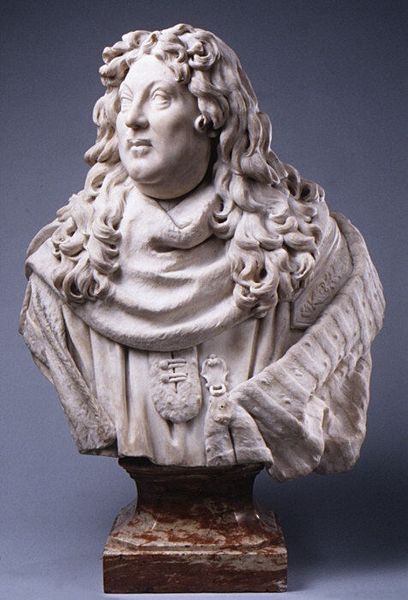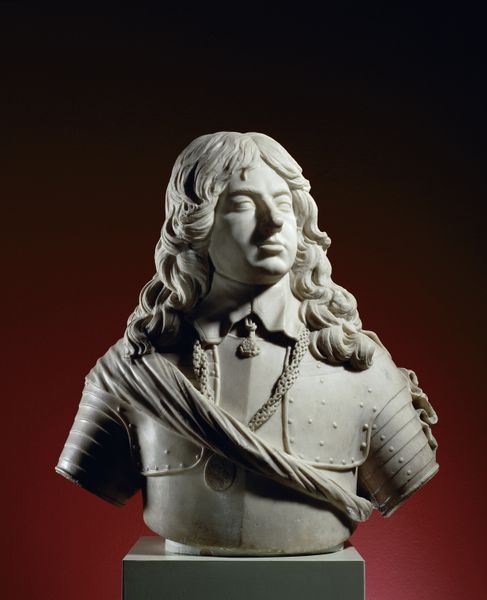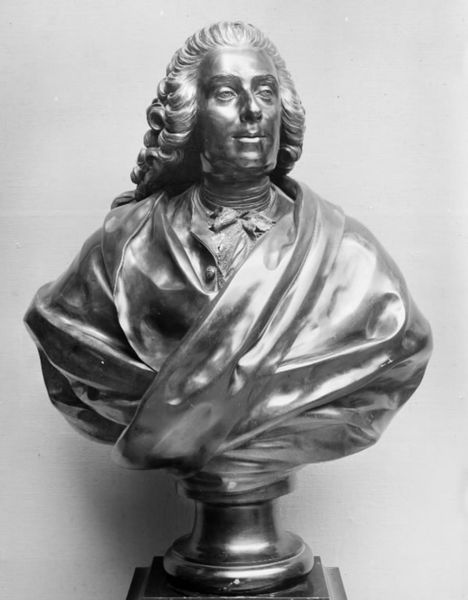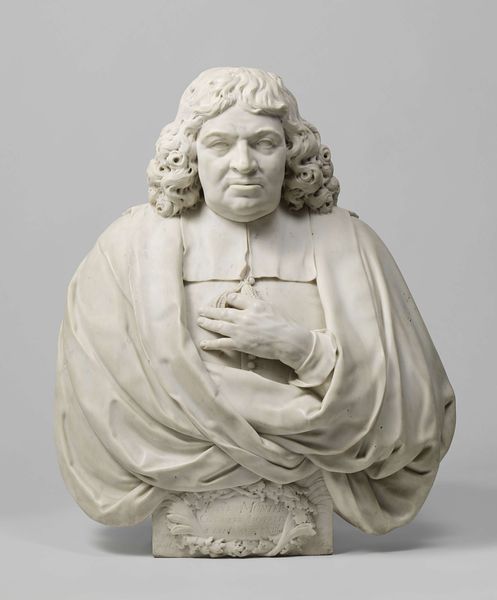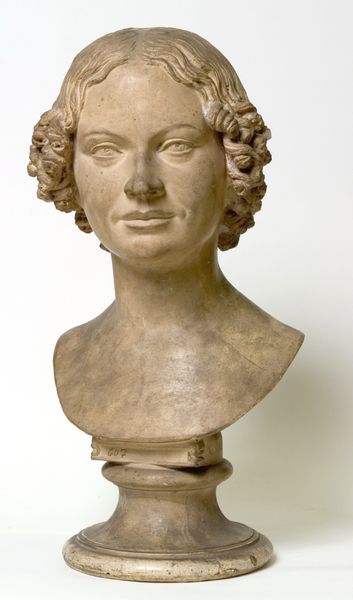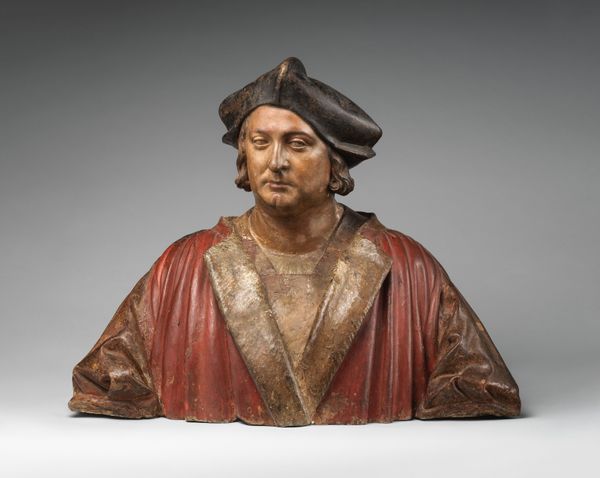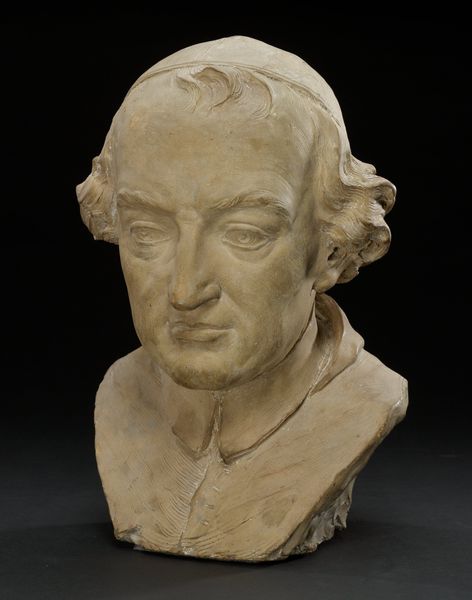
bronze, sculpture
#
portrait
#
statue
#
bronze
#
sculptural image
#
male portrait
#
sculpture
#
italian-renaissance
#
statue
Copyright: Public domain
Editor: So, here we have Andrea del Verrocchio’s bronze sculpture, "Ritratto Di Giovane," from around 1480. I find the young man's closed eyes so intriguing. What symbols do you see within this sculpture? Curator: I’m drawn to that introspective gaze as well; those lowered eyelids. Throughout history, closed eyes within portraiture often represented serenity, even wisdom achieved through reflection. Given that the sculpture dates from the Italian Renaissance, what other symbols or iconographies do you observe relating to that era? Editor: Well, his clothing seems classical, maybe referencing ancient Greece or Rome? Is that intentional? Curator: Absolutely. Think of the idealized forms embraced by Renaissance artists – that drapery, referencing classical antiquity, projects not just beauty, but civic virtue and humanism. Notice, too, how light plays on the polished bronze. How might the sculpture’s material contribute to its meaning? Editor: The bronze…it's very timeless, isn't it? Enduring, almost immortalizing him? Curator: Precisely! Bronze was often chosen for its durability, to commemorate figures intended for lasting admiration and memory. But think also about what *isn't* depicted. Why just the bust, cutting off at the shoulders? What does that choice signify, if anything? Editor: Maybe focusing solely on the head isolates the intellect, the individual's essence, away from the body? It directs our gaze upward to the face? Curator: Indeed! So we are compelled to seek knowledge of character in the eyes, now closed in thought. What lasting impression does this choice leave on you? Editor: I see this as a poignant expression of Renaissance ideals about mind, body, and legacy. The artist prompts us to contemplate not just appearance but also the lasting significance of human spirit. Curator: Exactly. By decoding the symbols, we unlock rich layers of cultural memory, revealing the powerful dialogue between past and present.
Comments
No comments
Be the first to comment and join the conversation on the ultimate creative platform.
